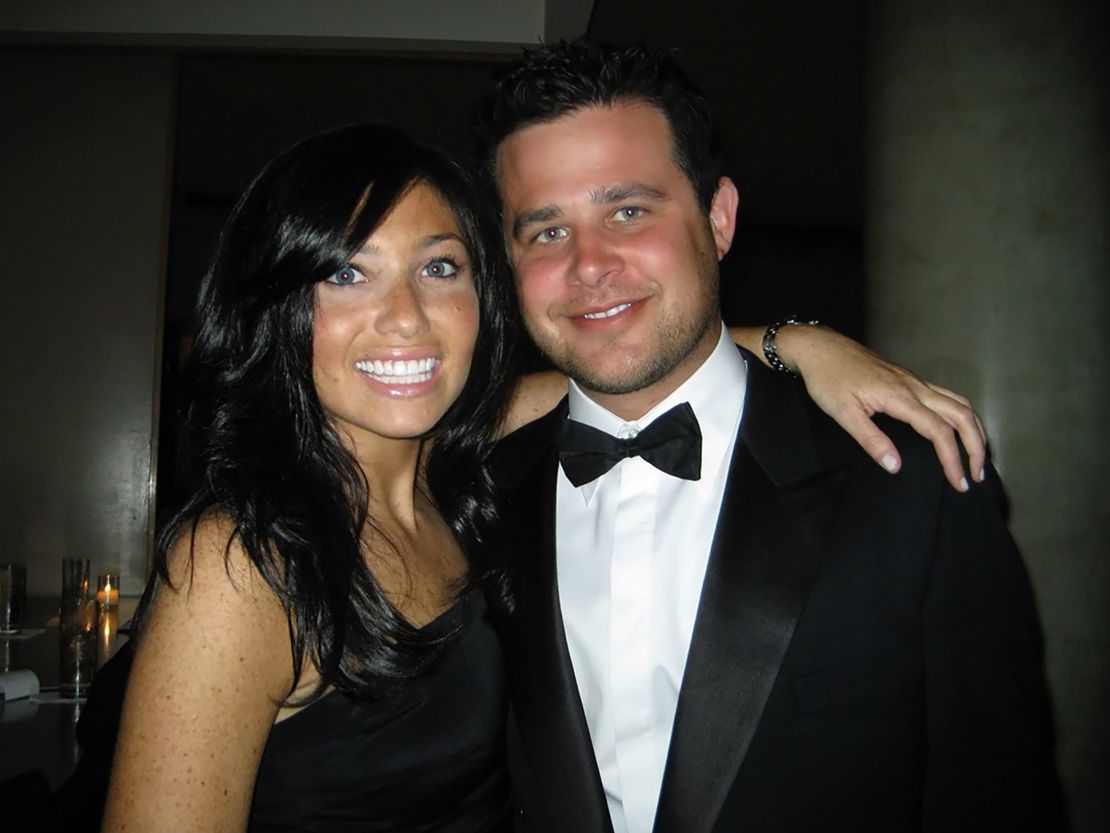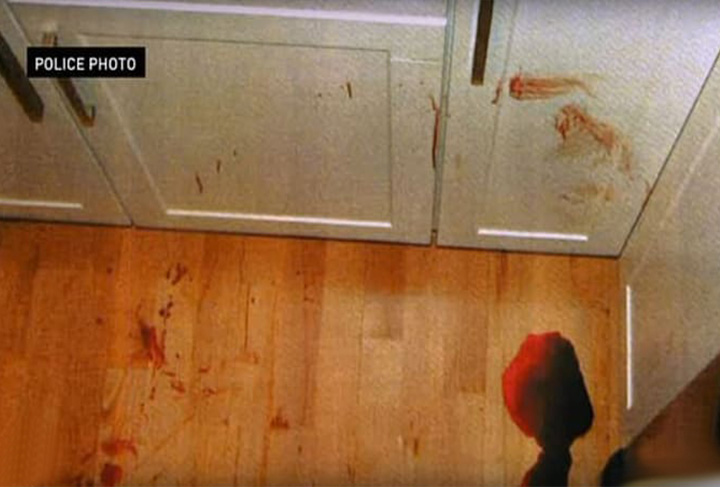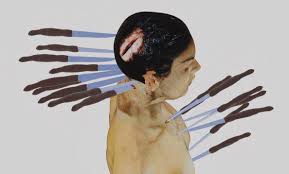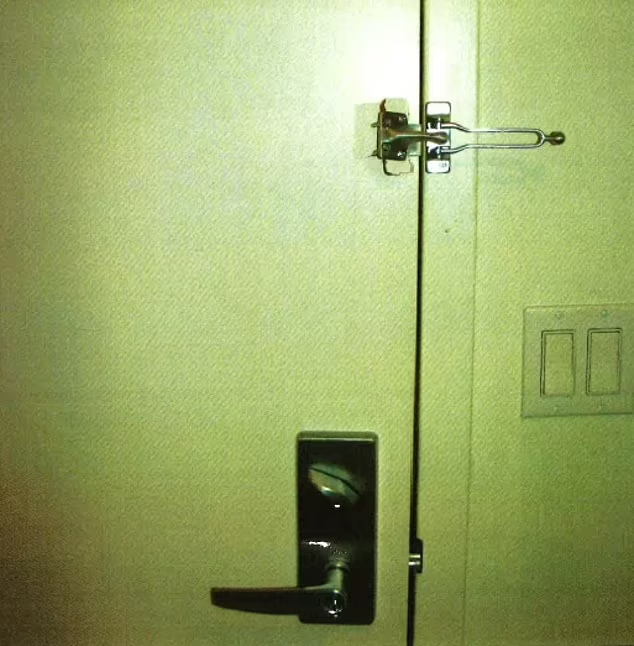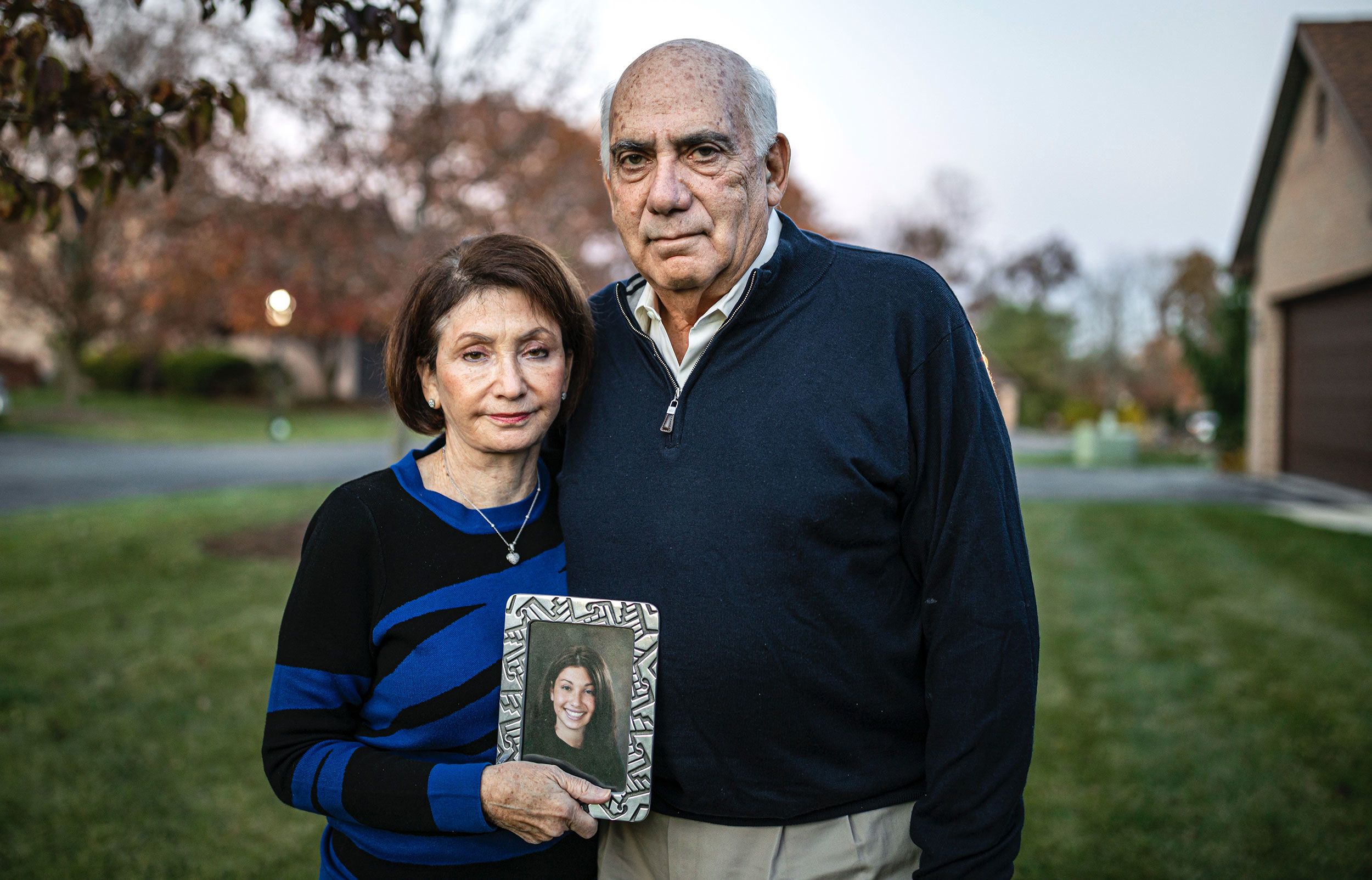The Ellen Greenberg Case: When Forensic Science Says Murder but the City Says Suicide

A first-grade teacher. 20 stab wounds. 10 of them in the back of her neck. The medical examiner called it homicide, then changed it to suicide. Now, 14 years later, the city just discovered 20 more bruises and 3 more stab wounds that were never documented. And they're still calling it suicide. How do you stab yourself 20 times, mostly in the back of your head and neck, after you're already dying? That's the question Ellen Greenberg's parents have been asking since 2011, and the answer might expose one of the most disturbing cover-ups in modern forensic history.
You can listen to this epiosde here.
When the Science Says Murder but the City Says Suicide
So let me ask you something. How many times do you think you could stab yourself before your body said no? Not like, theoretically. Like actually, physically. Because I'm talking about the kind of stabbing that severs nerves, causes seizures, makes you lose vision, drops your blood pressure, and basically shuts your body down. You're probably thinking one, maybe two if adrenaline kicked in.
Ellen Greenberg was found with 23 stab wounds. Yeah, you heard that right. Twenty-three. Ten of them were in her back and neck. And Philadelphia officials looked at that and said, yep, suicide. She definitely did this to herself.
Her parents have been fighting for 14 years to prove that's impossible. And honestly? The evidence is on their side.
The Day Everything Changed
January 26, 2011. Ellen Greenberg was a first-grade teacher in Philadelphia. She was 27 years old, engaged to a guy named Sam Goldberg, living in an apartment in Manayunk. That evening, there was a snowstorm. Sam came home around 6:30 p.m. and said he couldn't get into the apartment because the door was latched from the inside.
So he broke it down. When he got inside, he found Ellen on the kitchen floor with a 10-inch kitchen knife sticking out of her chest. He called 911 and, according to reports, told the operator that Ellen had either stabbed herself or fallen on a knife.
That phrase alone should make you pause. Your fiancée is dead on the floor with a knife in her chest, and that's your immediate thought? Not "someone hurt her," not "what happened," but "she stabbed herself"?
The police showed up and treated it like a suicide from the start. They were so convinced she killed herself that they didn't even call in the Crime Scene Unit. They just released the scene. That decision would haunt this case for over a decade.
The Autopsy That Changed Everything
The next day, Dr. Marlon Osbourne performed the autopsy. And what he found was disturbing. Ellen had 20 stab wounds all over her body. Some were in her chest. Some were in her stomach. But ten of them were in the back and side of her neck. The back of her neck. Think about that for a second. How do you stab yourself in the back of your own neck?
She also had 11 bruises in different stages of healing on her arms, legs, and torso. Dr. Osbourne initially ruled Ellen's death a homicide. That makes sense, right? This looked like a violent attack.
But then something weird happened. A few weeks later, after a meeting with the Philadelphia Police Department, Dr. Osbourne changed the manner of death to suicide with no explanation to Ellen's parents. They found out from the news.
For over 13 years, that ruling stood. Suicide. Case closed. Except Ellen's parents, Joshua and Sandee Greenberg, refused to let it go. They hired their own experts. They filed lawsuits. And they demanded answers.
Computer generated image of the locations of the stab wounds
The Medical Examiner Who Changed His Mind
Here's where it gets really interesting. In February 2025, Dr. Marlon Osbourne, the pathologist who did the original autopsy, filed a sworn statement saying he no longer believed Ellen's death was a suicide. He said that after reviewing additional information, it was his professional opinion that Ellen's manner of death should be something other than suicide.
Let that sink in. The guy who originally called it homicide, then changed it to suicide under pressure, is now saying he was right the first time. He's basically admitting the suicide ruling was wrong. But because he no longer works for the Philadelphia Medical Examiner's Office, his opinion doesn't legally change anything.
The Greenbergs kept fighting. They sued the city. And in early 2025, they reached a settlement that forced the Medical Examiner's Office to reopen the case and conduct a new review. That review was just completed in October 2025 by Dr. Lindsay Simon, the current Chief Medical Examiner.
And guess what she concluded? Suicide. Again.
The New Review and What It Found
During her review, Dr. Simon discovered 20 more bruises on Ellen's body and three more stab wounds that were never documented in the original autopsy, raising the total number of bruises to 31 and stab wounds to 23.
Let me repeat that. Thirty-one bruises. Twenty-three stab wounds. And she still ruled it a suicide.
Dr. Simon's report said Ellen was capable of inflicting these injuries herself, even though the pattern was admittedly unusual. She pointed out that there was no evidence of Sam Goldberg's DNA on the knife. There were no defensive wounds. No signs of a struggle. And Ellen had been dealing with anxiety, which the report used to suggest she was suicidal.
But here's the thing. The absence of evidence for murder doesn't automatically mean suicide, especially when the physical evidence seems to defy the laws of human biology.
Why the Science Doesn't Add Up
The Greenbergs hired some of the best forensic experts in the country. Dr. Cyril Wecht, a legendary forensic pathologist. Dr. Wayne Ross, a neuropathologist. And a private investigator named Thomas Brennan. These experts did something the city never did. They used 3D computer modeling to recreate each of Ellen's injuries and see what would have happened to her body as she sustained them.
The results were devastating. According to their analysis, the wounds would have caused unconsciousness, nerve damage, severe facial pain, loss of coordination, loss of vision, seizures, weakness, massive blood loss, a drop in heart rate and blood pressure, brain damage, respiratory failure, irregular heartbeat, and loss of spinal fluid. In other words, after the first few stabs, Ellen would have been physically unable to keep going.
Their conclusion? She could not have self-inflicted all of the wounds. It's biomechanically impossible.
And then there's the spinal wound. One of the stab wounds was in Ellen's spinal column. Dr. Simon's report tried to dismiss this by claiming it was an artifact, a mistake made during the autopsy. But the Greenbergs' attorney said that explanation was rejected by every credible expert who looked at it, including the city's own neuropathologist.
If that spinal wound was real and inflicted before death, there's no way Ellen did it to herself. And if it was inflicted after death, well, that's even worse because it means someone else was there.
The Bruises Tell a Different Story
The official ruling says there were no defensive wounds, which they claim supports the suicide theory. But defensive wounds and restraint injuries are two different things. Defensive wounds happen when you're actively fighting someone off. Restraint injuries happen when someone is holding you down.
The experts hired by the Greenbergs looked at those 31 bruises and said they were consistent with someone being restrained, not with self-inflicted injury. Ellen had bruises on her wrists, her arms, her neck, her hips, and her legs. That's a pattern you'd expect to see if someone was being held or grabbed.
There's also the issue of hemorrhaging. Some of Ellen's wounds showed a lack of hemorrhage, which means her heart wasn't beating when they were inflicted. If your heart stops, you stop bleeding. So if some of these wounds were made after Ellen's heart stopped, that means they were post-mortem. And you can't stab yourself after you're dead.
The Scene That Doesn't Make Sense
Let's go back to that apartment. Sam Goldberg said the door was latched from the inside, which supposedly proved Ellen was alone. But the building manager later said the latch being engaged didn't prove Ellen locked it. There were also inconsistencies in Sam's story.
Phone records appeared to contradict claims from two of Sam's relatives who said they were on the phone with him when he broke down the door. Security footage showed Sam alone in the elevator right before he called 911, which contradicted earlier claims that a security guard helped him force the door open. And according to the Greenbergs' attorney, there was missing surveillance footage from the hallway that was never reviewed.
None of this definitively proves Sam was involved. But it raises serious questions about what actually happened that night and whether the initial investigation was thorough enough.
Why This Feels Like a Cover-Up
Here's the problem. The Philadelphia Medical Examiner's Office is part of the City of Philadelphia. The Greenbergs were suing the city for a cover-up and emotional distress. So the city was defending itself in court while also being responsible for reviewing the very case it was being sued over. That's a massive conflict of interest.
The Greenbergs' attorney, Joseph Podraza Jr., called the new report a deeply flawed attempt to justify a predetermined conclusion. He said it was an embarrassment to the city. And honestly, it's hard to argue with that.
If there was any real doubt about how Ellen died, the proper classification should be undetermined, not suicide. Undetermined means we don't know for sure. It doesn't require proof of homicide. But it would reopen the investigation and allow law enforcement to look at this case with fresh eyes. Instead, the city doubled down.
What Happens Now
The October 2025 ruling means Ellen's death certificate will remain suicide. Her parents are now pursuing other legal avenues. There's a Hulu docuseries called Death in Apartment 603 that came out recently, shining more light on the case. Public pressure is building. But the official record hasn't changed.
So what do I think? Based on everything I've read, what I know of the evidence, the expert testimony, the contradictions in the scene, and the fact that the original pathologist himself no longer believes it was suicide? I think this case deserves a real investigation. Not a review designed to defend the original ruling, but an actual, objective investigation into what happened to Ellen Greenberg.
Because right now, the evidence suggests that a 27-year-old teacher was killed in her apartment, and the people responsible for finding out who did it decided it was easier to blame her.


